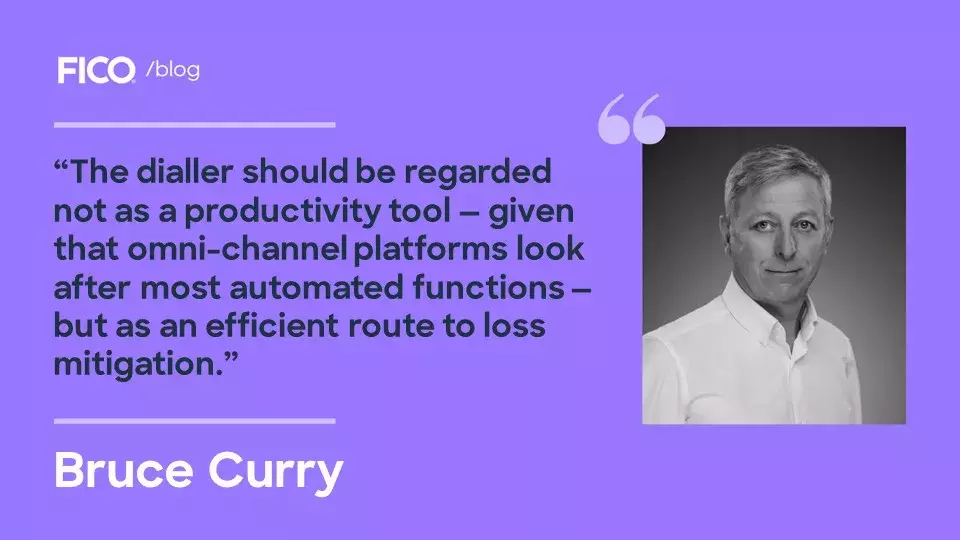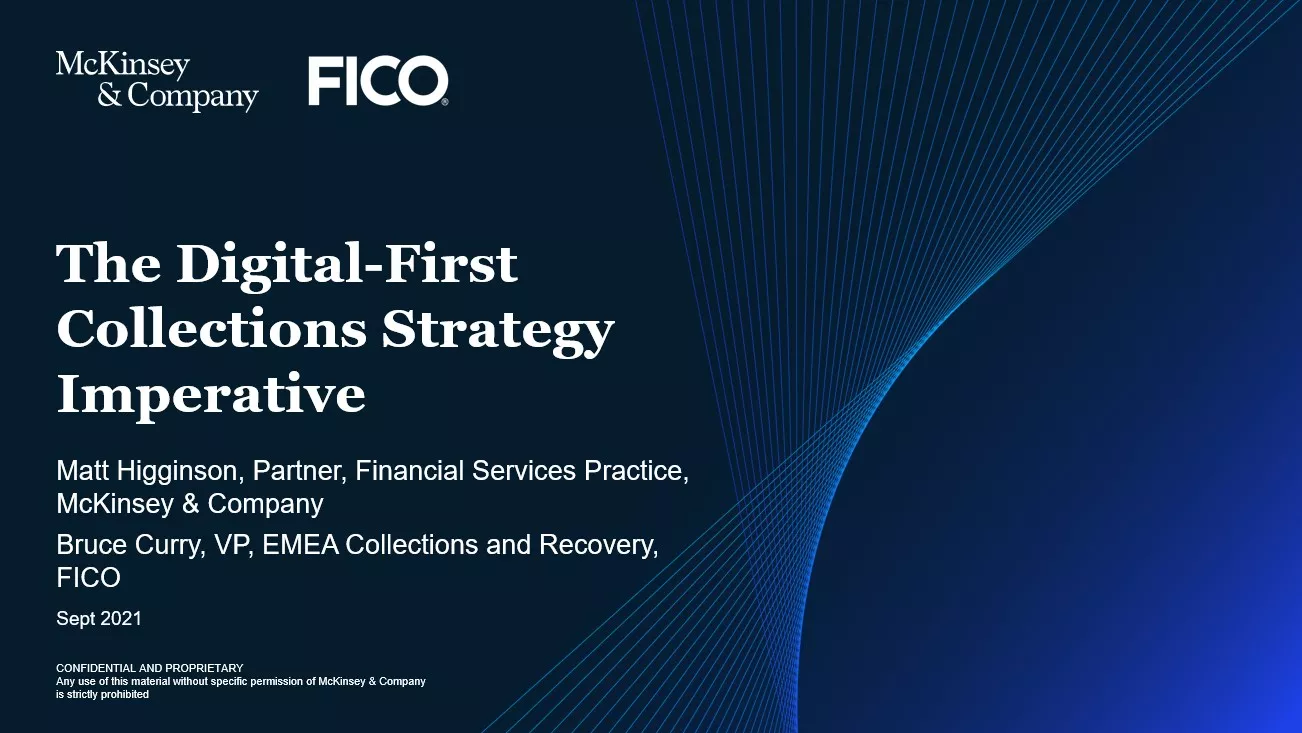Digital-First Collections Doesn't Mean Dropping the Dialler
Automated dial-direct calls to late-paying customers continue to help recover around 5% of delinquent accounts


Top-performing digital collections technology should easily co-ordinate a full range of omnichannel customer contact channels, including social media, text, mobile apps, chat-bots and automated telephone calls. This is one of the fundamentals of digital-first collections.
But despite the so-called 'dialler' being something of a legacy process (it has been around for more than 20 years), it continues to deliver strong returns for debt collection. Many still regard it as a sensitive and efficient route to debt collection that delivers returns of around 5% of outstanding debt during the latter stages of the early collections strategy.
The figure typically results from what we refer to as the dialler positive impact ratio. In short, it’s payment achieved on the dialler that could not otherwise have been done elsewhere via a lower-cost interactive channel, such as payment resulting from left messages.
Results directly attributed to an agent conversation with a customer – enabling a record of pay now, or a promise to pay commitment - can be considered a positive outcome, of which we typically see a range of between 3% and 7% from dialler calls.
While that doesn’t necessarily sound great, from a productivity perspective, once the cost of running and staffing a predictive dialler is factored in, the only accounts getting to the dialler should be those flagged as having unresolved payments via omni-channel platforms. Typically, if not addressed, these are the accounts with a high likelihood of running to a loss.
The New Role of the Dialler
The dialler should be regarded not as a productivity tool, given that omni-channel platforms look after most automated functions, but as an efficient route to loss mitigation. Clearly, agents working the dialler need to be skilled and equipped to supporting the pre-selected cohort of customers. It’s a skillset underpinned by high validation and negotiation abilities, online affordability assessment tools and risk-management and forbearance selection tools.
So, the function of a dialler still has its place, and the returns are not bad for a piece of relatively antique technology - particularly when stacked up against other newer arrivals. Any routine task that’s automated ensures time is freed up for collections staff to be better engaged in more pressing higher-value, higher-yield debt collection efforts from the accounts that truly drive the losses.
However, it's essential to ensure that you continually analyze all of your critical channels to help offer customers high levels of service — and to understand when it’s right to bring agent-staffed channels into play.
Modern collections architecture hinges on an omnichannel offering featuring a comprehensive range of contact channels. The best case is to ensure call-fronting facilities within the technology platform, thus allowing predictive dialling and customer verification to be efficiently automated, within the platform , leaving the most appropriate cases being connected through to a live agent.
When an independent dialler is used, it’s critical to apply full strategy design and execution monitoring across the end-to-end customer engagement activity and not simply manage the two capabilities — omni-channel and the dialler — in isolation. That is often the case, and value gets lost.
Digital platforms that support both device-independent and contact-centre interactions, as well as the ability to integrate with data partners and service providers such as chatbot solutions, will always be a win-win. But a digital platform that integrates historic interaction preferences and favoured payment channels is also critical to success.
For more, watch the recent Digital-First Collections Strategy webinar I co-presented with McKinsey partner Matt Higginson.
Popular Posts

Business and IT Alignment is Critical to Your AI Success
These are the five pillars that can unite business and IT goals and convert artificial intelligence into measurable value — fast
Read more
FICO® Score 10T Decisively Beats VantageScore 4.0 on Predictability
An analysis by FICO data scientists has found that FICO Score 10T significantly outperforms VantageScore 4.0 in mortgage origination predictive power.
Read more
It’s 2021. Do You Know What Your AI Is Doing?
New "State of Responsible AI" report from Corinium and FICO finds that most companies don’t—and are deploying artificial intelligence at significant risk
Read moreTake the next step
Connect with FICO for answers to all your product and solution questions. Interested in becoming a business partner? Contact us to learn more. We look forward to hearing from you.

